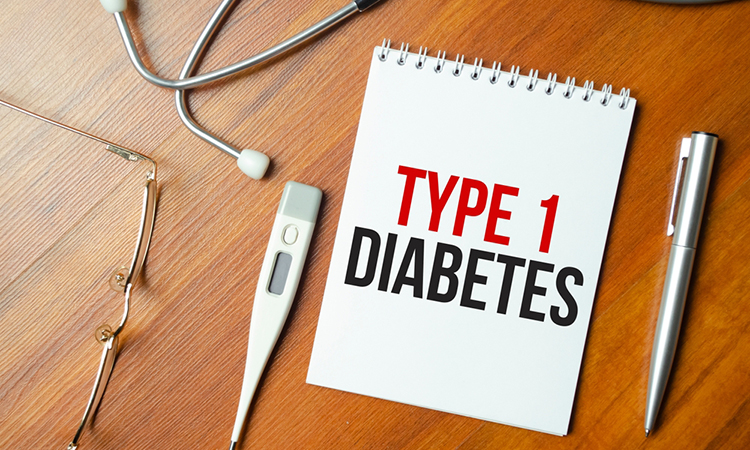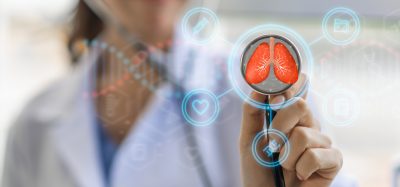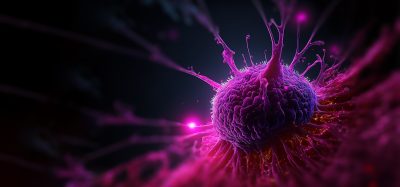Biomarkers found in the temporary regression of type 1 diabetes
Posted: 15 November 2023 | Drug Target Review | No comments yet
The partial remission phase of type 1 diabetes, in which residual β-cells recover insulin production, offers new hope for therapeutic action.


A review study of biomarkers for the frequently overlooked partial remission phase of type 1 diabetes was conducted by researchers from the Germans Trias i Pujol Research Institute (IGTP), in collaboration with experts in β-cell biology and regeneration from the Diabetes Research Institute in Miami.
Type 1 diabetes is a chronic disease initiated by an autoimmune attack on insulin-producing β-cells. Insulin therapy was introduced over a century ago and changed a once-fatal condition into a manageable one, but type 1 diabetes remains unpreventable and incurable. It drastically impacts patients’ lives, as well as their families, because of considerable potential complications. Furthermore, the disease’s incidence rates continue to increase each year.
Partial remission phase
The course of the disease takes an unpredictable pattern, marked by varying episodes of immune response. This complexity becomes very evident in the partial remission phase, known as the ‘honeymoon phase.’ This is when the disease’s progression appears to pause, and the residual β-cells recover insulin production and secretion, resulting in a decreased dependence on insulin injections for a brief time.
There has been notable progress in understanding the mechanisms leading to type 1 diabetes, but the disease’s evolution after diagnosis has not been explored equally. The partial remission phase offers a new opportunity for therapeutic action after the prediabetes stage, which is difficult to detect because of the requirement of comprehensive screening.
Various metabolic, immunological, and epigenetic changes that happen in the periphery of the body accompany the partial remission phenomenon in type 1 diabetes. These biomarkers include alterations in specific immune cell populations and molecular changes, which impact the disease’s temporary regression. There is little research about immunometabolic markers of this phase, highlighting the significance and potential impact of the work.
Emerging biomarkers
In the new study, the scientists investigated how peripheral biomarkers mirror efforts to halt β-cell autoimmunity and their possible application in clinical practice. They also studied emerging biomarkers that will add to the knowledge of different progression patterns and improving clinical management and interventions.
Laia Gómez, the study’s first author and predoctoral researcher of the Immunology of Diabetes group at IGTP, said: “grasping the natural mechanisms that lead to β-cell protection by the immune system will give us clues as to how we can tackle the autoimmune attack or at least minimise it.”
The review includes recent studies that suggest novel immunoregulatory pathways that may be direct targets to elongate or induce the ‘honeymoon phase,’ which has been shown to be beneficial for the long-term control of the disease.
The study was published in Trends in Endocrinology and Metabolism.
Related topics
Biomarkers
Related conditions
type 1 diabetes
Related organisations
Diabetes Research Institute, Germans Trias i Pujol Research Institute (IGTP)
Related people
Laia Gómez (IGTP)








